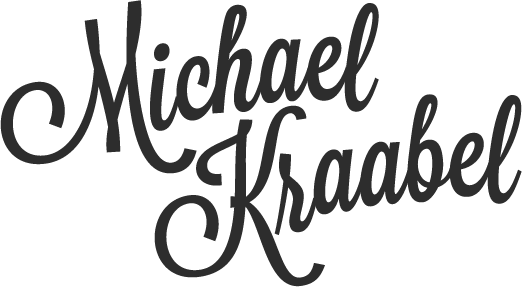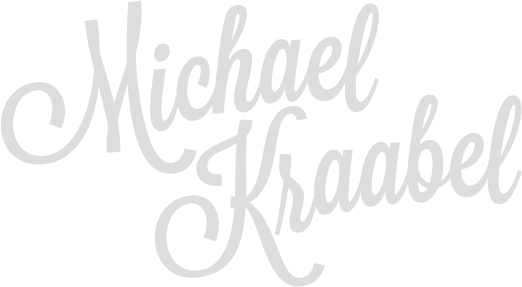My initial stance was to be highly skeptical of using artificial intelligence (AI) in branding and marketing. The very idea of AI weaving its way into a space so profoundly reliant on human insight, emotion, and connection seemed, for lack of a better word, apocalyptic.
After all, the creative industry typically thrives on nuances I was convinced no machine could ever fully grasp. My apprehensions went beyond the mere risk of job displacement; the potential erosion of creative essence stressed me, the possibility of stripping away the very soul of what makes our work resonate so deeply on a human level.
I was terrified that all creative would feel manufactured, contrived, and like it came off the marketing production line. Granted, a lot of creativity feels like this today, regardless of the use of AI.
Shifting Perspectives on AI in Creative and Marketing
Research and exploration into AI’s capabilities and applications in the creative industry showed me a reality I hadn’t fully appreciated: the genie was already out of the bottle. AI’s integration into creative processes was not just imminent; it was already happening. This realization sparked a change in my thinking. It was no longer about AI versus human creativity but about how the two could coexist and complement each other. Here are my thoughts on the subject as of February 2024 (my position will likely change over time).
During my experiments with artificial intelligence (AI), I’ve ventured into various creative experiments, encountering a range of outcomes that span from the enlightening to the underwhelming. These tests into the capabilities of AI in the creative domain have offered mixed results, underscoring both the potential and the limitations of current technology. The undeniable rapid pace at which AI technology evolves—far outstripping my own ability to acquire new skills—has led to a critical realization: the importance of mastering this emerging tool.
Embracing AI as a Creative Tool
Recognizing that AI’s development trajectory far exceeds my learning curve has been both humbling and motivating. It has crystallized my resolve to not just coexist with AI but to become adept at leveraging its power. Embracing AI as a crucial component of my creative toolkit is no longer optional; it’s imperative to staying relevant and innovative in an increasingly AI-integrated landscape.
Embracing AI in the creative process doesn’t mean relinquishing the unique value of human intelligence. Instead, it’s about harnessing AI as a tool that can augment our capabilities. For instance, AI can handle data-driven tasks, generate initial ideas, and even assist in the design process, allowing creatives more time to focus on big-picture thinking, strategy, and the emotional depth of their work. This partnership between human and machine opens up new possibilities for innovation and efficiency that were previously unimaginable.
Integrating AI into branding and marketing strategies allows for a level of personalization and audience understanding at scale, something that’s increasingly crucial in our data-rich world. However, the true magic happens when human insight applies nuance, empathy, and ethical considerations to the outputs of AI. This synergy ensures that the core of our creative work remains deeply human, even as it benefits from the speed and breadth of AI’s capabilities.
AI as a Brainstorming Partner
As a writer and filmmaker, my perspective on artificial intelligence (AI) and its role in the creative process is nuanced, drawing parallels between the advent of AI today and the emergence of Google as a research and organization tool two decades ago. Just as Google transformed the way we access information, making research faster and more efficient, AI and Generative Pre-trained Transformers (GPTs) are reshaping the landscape of creative work.
These technologies excel as writing and creative partners, offering significant assistance in brainstorming ideas, crafting outlines, and conducting research. Yet, it’s clear that AI’s ability to tell truly original stories leaves much to be desired. AI is a great tool for overcoming writer’s block, providing a springboard to get the creative juices flowing again. Similarly, in filmmaking and photography, the potential to use AI-generated content as a substitute for traditional, often lackluster, B-roll or stock footage is particularly exciting. This technology might create a new era where storytellers can focus more on their vision and less on the logistical challenges of creation and inspiration.
The Commoditization of Creative in an AI-Driven World
My optimism is often tempered by a lingering fear: the possibility that companies and executive management might start to prioritize AI content that is “free” and “good enough” over works that showcase genuine creativity and intellectual effort. The balance between leveraging AI as a tool to enhance our storytelling capabilities and the risk of devaluing true creative talent is delicate. As we explore this new set of tools, it’s important to remember that while AI can augment our creative processes, the heart and soul of storytelling must remain distinctly human.
We must remain attentive to the ethical implications of AI, ensuring that it enhances rather than dilutes the human connection that lies at the heart of all great creative work. The goal is not to compete with AI but to find ways to co-create, allowing each to play to their strengths. In doing so, we can elevate the world of branding, marketing, and creative to new heights, crafting messages and experiences that resonate more deeply because they’re born from the best of both worlds.
Future Evolution of AI in Creative Development
As I reflect on my evolving position regarding AI in creativity, it’s clear that adaptation and collaboration are important. By embracing AI as a part of the creative process, we can protect the essence of our craft, ensuring that human intelligence continues to drive the narratives and connections that define impactful branding and marketing.
My journey from skepticism to acceptance underscores the importance of staying open to change and innovation in our ever-evolving field.
I would love to keep this conversation going and see what other people in my field think about this topic. Feel free to drop your thoughts below.

